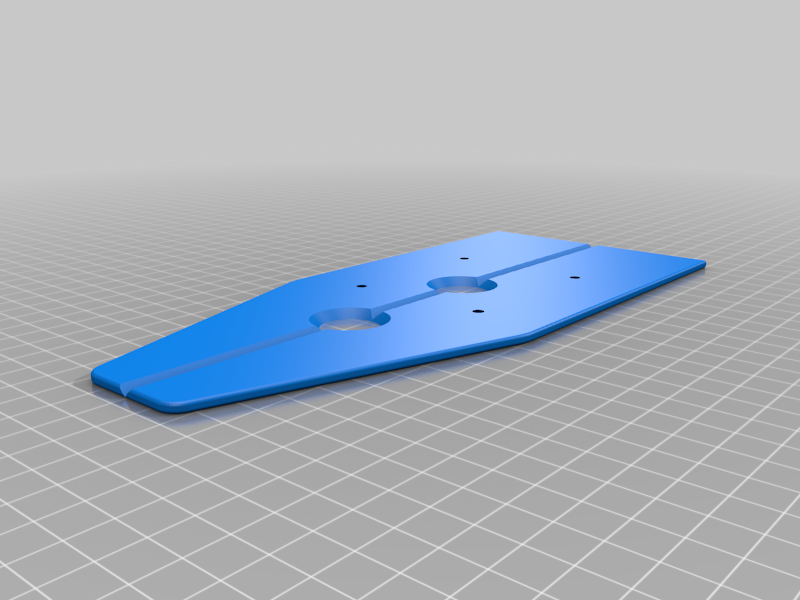
Pinball Cabinet Leg Protectors
thingiverse
These leg protectors offer a range of benefits similar to those found in online purchases or 3D models from other sources, with several key advantages. These should be compatible with any standard pinball cabinet. Firstly, these are designed to print flat and then fold along a "living hinge", allowing both planes of the protector to be printed as large flat layers with maximum layer adhesion instead of rising above the print bed in narrow layers with limited surface area for layer adhesion. This design ensures that both planes are equally strong. The hinge itself is not intended to withstand constant flexing, but rather should be gently folded once before installation. Secondly, these protectors feature screw holes that enable you to secure them to the cabinet. This provides several benefits: it prevents the protectors from sliding upwards after installation, which can cause side art to warp or stretch and potentially scratch paint; it eliminates the need to handle the protectors during mounting or removal; it holds the legs in place during travel; and it reduces long-term strain on the living hinge. When using screw holes, select a screw size that won't penetrate through the cabinet and cause splintering of the wood interior. Choose screws with flat countersunk heads to ensure they fit completely within the countersink hole. We recommend #6 x 1/2" wood screws for this purpose. To prevent splitting in the cabinet, drill pilot holes (use a 3/32" drill bit for #6 screws and apply tape at 1/2" from the tip as a depth guide). The use of screw holes is optional; if you prefer not to use them, they will be fully covered by the leg. Thirdly, we've included a shorter version. This design serves multiple purposes: it matches the rear of most WPC cabinets where legs attach at a lower point relative to the base, preventing excess protector material from hanging below the cabinet; and it allows for use on the front as well, providing flexibility for users who wish to save filament or have limited print surface space. We recommend printing these protectors with ABS filament for durability. PLA may also work, but ABS is more rigid and better suited for heavier use. PETG may be used, but its flexibility could cause it to fail under compression or when the game is nudged; higher infill density can mitigate this risk. For printing, we suggest using a 30% grid infill pattern as it offers the highest compressive strength based on available studies. Avoid infill patterns that don't stack 100% on top of previous layers' infill (such as gyroid, cubic, or octet patterns). Use 0.2mm layer thickness to ensure even division of the living hinge's 0.4mm thickness.
With this file you will be able to print Pinball Cabinet Leg Protectors with your 3D printer. Click on the button and save the file on your computer to work, edit or customize your design. You can also find more 3D designs for printers on Pinball Cabinet Leg Protectors.
